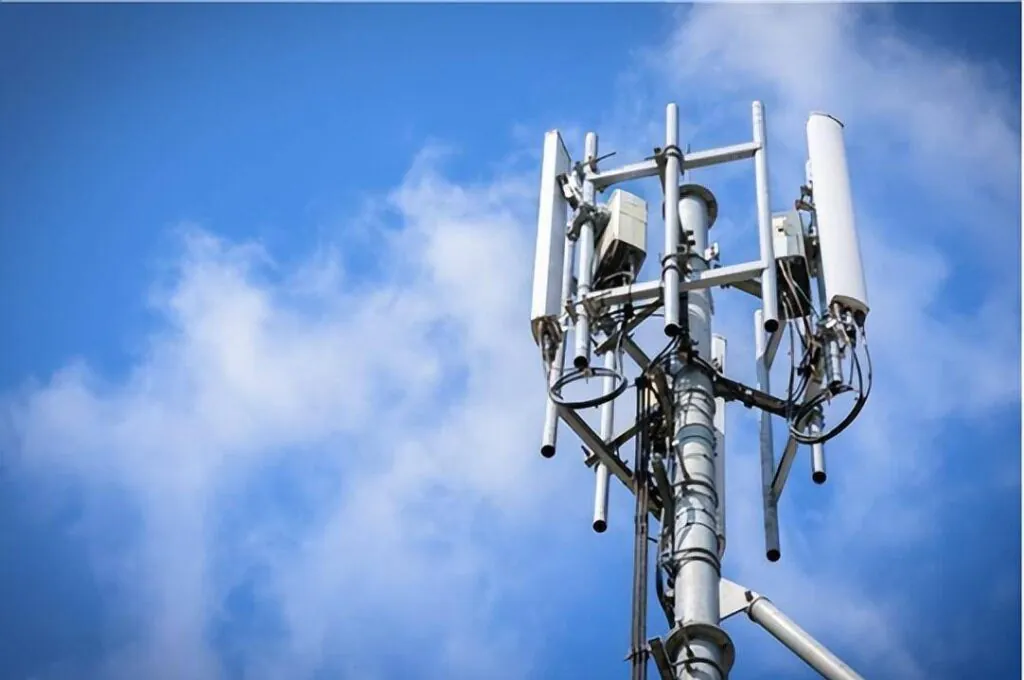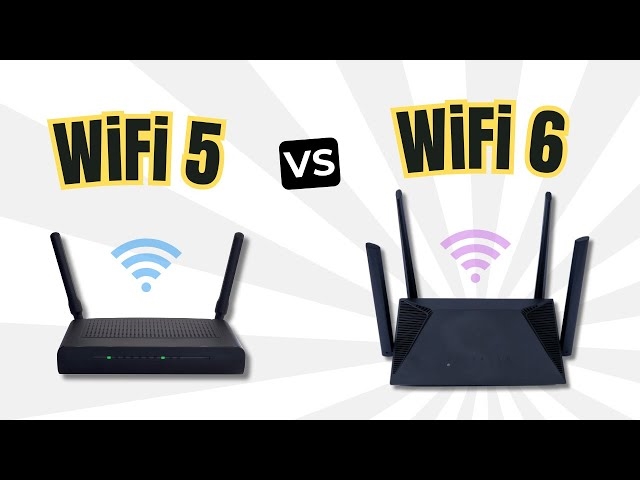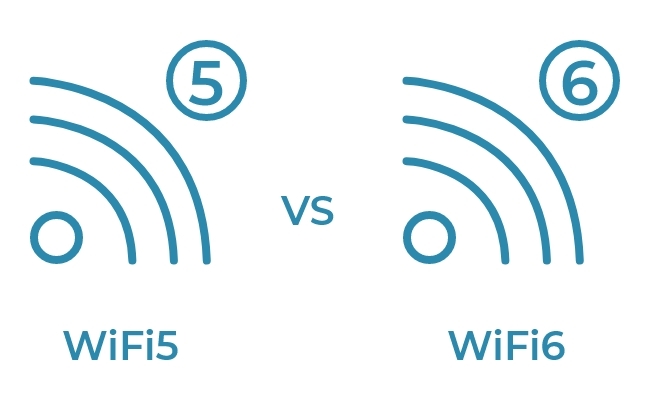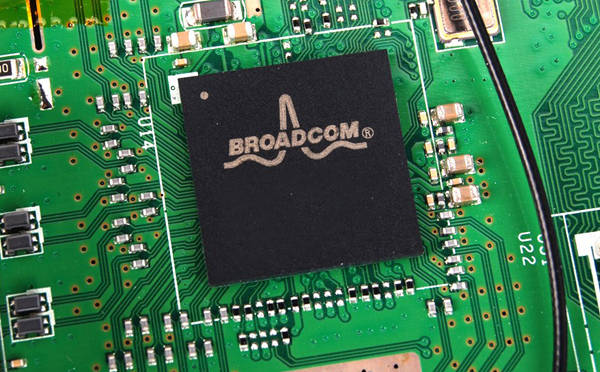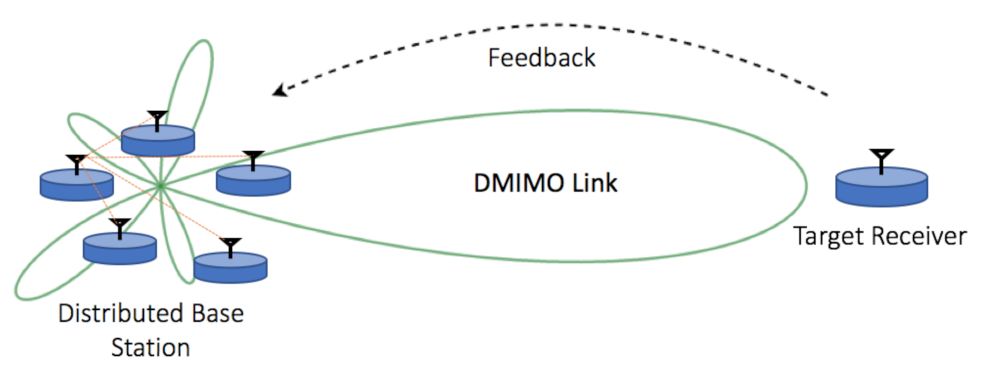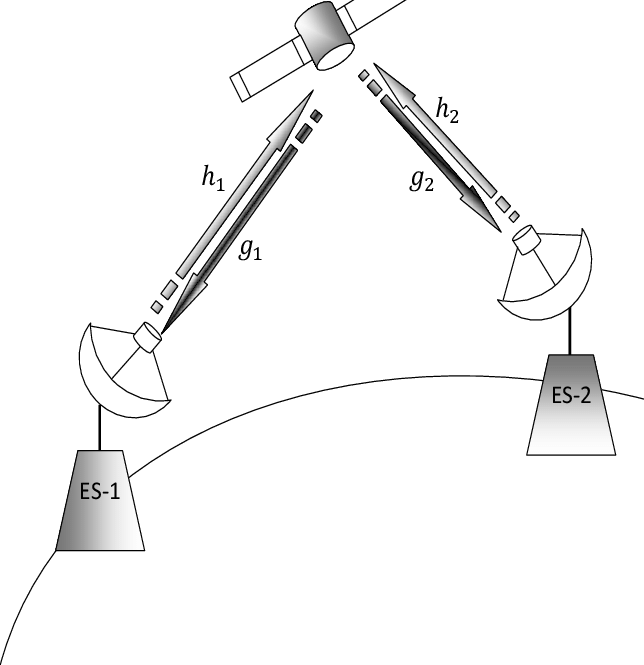Overview
China's total 5G network investment for 2020-2025 is estimated at 0.9-1.5 trillion yuan, with a large portion allocated to base stations. This article summarizes the main cost components of a 5G macro base station and provides a rough cost breakdown.
Main Component Categories
- Main equipment: BBU, AAU, and transport equipment
- Power and auxiliary systems: power supplies, batteries, air conditioning, monitoring
- Civil works: equipment room, materials, and labor
Main Equipment Costs
Because China’s operators are state-owned enterprises with large demand and official support, they have advantages in procuring main equipment. Based on industry information, one BBU plus three AAUs costs about 200,000-250,000 yuan.
Other components include baseband boards, main control boards, and power modules:
- Baseband board: about 10,000-20,000 yuan
- Main control board and power module: about 3,000-6,000 yuan
- Antenna: about 6,000 yuan
Power and Auxiliary Equipment
Quantities and specifications vary with site configuration. Typical items and approximate costs:
- Outdoor cabinet: about 5,000 yuan each
- Power cabinet: about 5,000-10,000 yuan
- Batteries for emergency backup (may be omitted if power is stable)
- Air conditioning, intrusion protection, cable trays, mounting racks, etc.
Estimated total for power and auxiliary systems: about 40,000-60,000 yuan.
Civil Works
Civil work costs depend on tower type and site conditions. Using a mainstream three-pipe tower as a reference:
- A typical three-pipe tower weighs about 8.5 tons and costs approximately 90,000 yuan
- Site preparation, assuming self-built site with no rent
- Labor for installation and construction
Estimated civil works cost: about 100,000-150,000 yuan.
Overall Estimate and Operational Notes
Summing the above, building a complete 5G base station costs roughly 450,000 yuan. This is about four times the cost of a comparable 4G base station and does not include ongoing maintenance and operating expenses, such as power consumption, which can be significant. Because 5G includes microwave and millimeter-wave deployments, the required number of sites is much higher than for 4G. The involvement of major power grid operators in 5G construction has increased available capital for deployment.
 ALLPCB
ALLPCB


